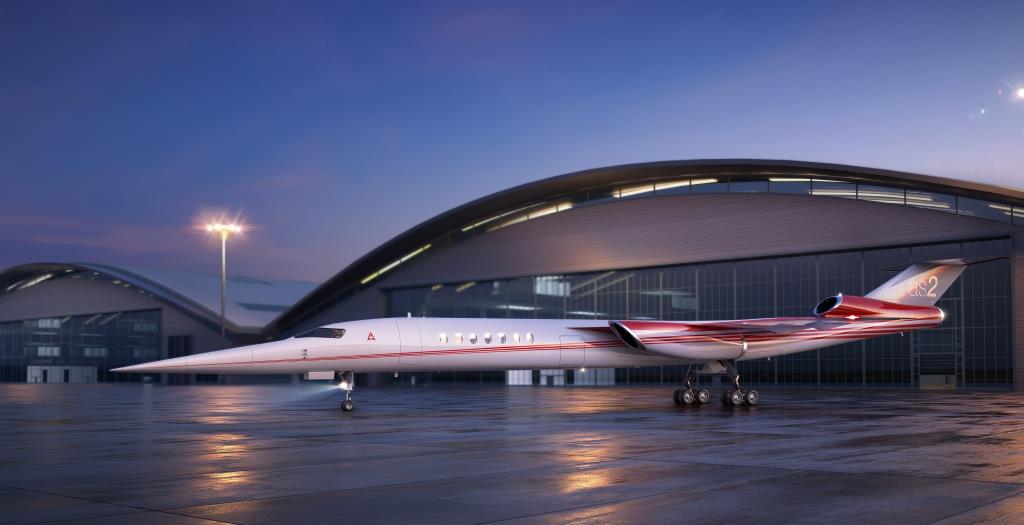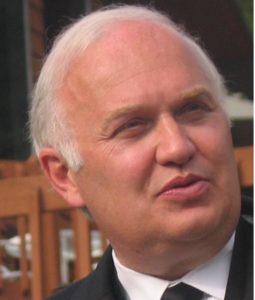Leeham News and Analysis
There's more to real news than a news release.
 Leeham News and Analysis
Leeham News and Analysis
- Bjorn’s Corner: New engine development. Part 4. Propulsive efficiency April 19, 2024
- Boeing unlikely to meet FAA’s 90-day deadline for new safety program April 18, 2024
- Focus on quality not slowing innovation, says GKN April 18, 2024
- Boeing defends 787, 777 against whistleblower charges April 17, 2024
- Dissecting Boeing CEO’s statement next new airplane will cost $50bn April 15, 2024
NMA focus needs to be on engines
Subscription Required
Now open to all readers
Introduction
March 19, 2018, © Leeham Co.: As the market awaits a decision by Boeing whether to launch the New Midrange Aircraft (NMA, or 797), focus has been on the aircraft’s definition and market demand.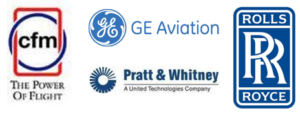
It should be on the engines.
It doesn’t matter whether Boeing designs a fabulous airplane that’s the next best thing to sliced bread. What matters is whether the engines will be ready in time for Boeing’s suggested entry-into-service and if they are, whether they will be reliable out of the box.
The recent track record isn’t all that encouraging. Neither is Boeing’s preferred timing.
Summary
- CFM, GE, Pratt & Whitney and Rolls-Royce each had problems with their new engines. All continue.
- The Boeing NMA requires brand new engines, not derivatives.
- Engine development and certification within the Boeing preferred timeline is sporty at best.
Posted on March 19, 2018 by Scott Hamilton
Airbus, Airlines, Boeing, Bombardier, CFM, CSeries, Embraer, GE Aviation, Middle of the Market, Mitsubishi, MOM, New Midmarket Aircraft, NMA, Pratt & Whitney, Rolls-Royce
737 MAX, 747-8, 787, A320NEO, A330-200, A330neo, A340-600, Airbus, Boeing, Bombardier, CFM, CSeries, EJet E2, Embraer, GE Aviation, GEnx, GTF, LEAP-1A, Leap-1B, Mitsubishi, MRJ90, Pratt & Whitney, Rolls-Royce, Trent 1000, Trent 7000
Engine makers “inside the tent” on Boeing NMA, but airframer still ponders provider
March 5, 2018, © Leeham Co.: The three engine makers, CFM/GE, Pratt & Whitney and Rolls-Royce, are the only suppliers that have been brought “inside the tent” by Boeing for the New Midrange Aircraft, a company executive said today.
Launching the program is critical on the engine companies, says Randy Tinseth, VP marketing for Boeing. Boeing hasn’t decided—officially—whether it will have a

Randy Tinseth. Photo via Google images.
single-engine or dual-engine source for the aircraft because the program hasn’t been launched.
Market intelligence tells LNC that Boeing wants two engine choices. Intel also indicates all three engine OEMs view the market demand as sharply smaller than Boeing’s publicly-stated forecast of 4,000 Middle of the Market sector airplanes over the next 20 years.
Posted on March 5, 2018 by Scott Hamilton
Aerion’s supersonic engine presented
By Bjorn Fehrm
Subscription Required
Introduction
February 26, 2018, ©. Leeham Co: Aerion Supersonic’s CEO and Executive Chairman, Brian Barents, presented the first pictures of the Aerion AS2 biz jet’s engine at the recent PNAA conference in Seattle.
It’s the first engine adapted for supersonic passenger transport since the Concorde’s Olympus engine was developed in the 1960s.
Based on the released configuration sketch, we put the engine through our GasTurb modelling software. Here’s what we found.
Summary:
- The Aerion AS2 engine combines the CFM56 core with a new high Specific Thrust low-pressure spool.
- Through the AS2’s M1.4 cruise speed limit, complex variable engine inlets and outlets can be avoided.
Posted on February 26, 2018 by Bjorn Fehrm
Pontifications: Transformation is key to increasing production rates
Feb. 19, 2018, © Leeham Co.: The likely prospect that Airbus and Boeing will increase single-aisle production rates next decade is outlined in our paywall article today.
The whys and capabilities to do so are outlined in the paywall post. The how is what I’ve been writing about since the first of the year, when LNC looked ahead to its 2018 forecast.
The “how” is the transformation in production that is underway in aerospace.
Posted on February 19, 2018 by Scott Hamilton
Leahy remains steadfast in A380 future
Feb. 16, 2018, © Leeham Co.: It’s been a long struggle and there isn’t a re-engining any time soon, but John Leahy still firmly believes in the market viability of the Airbus A380.

John Leahy stand behind the Airbus A380. Photo via Google images.
Leahy, who retired last month as COO-Customers, continues to support the transition to Eric Schulz, EVP, Chief of Sales, Marketing & Contracts. One of Leahy’s last deals was to firm up an A380 MOU for 20 orders and 16 options for Emirates Airline.
In his final retirement interview with LNC, Leahy didn’t waver from the messaging Airbus used since the launch of the A380 program in 2000: passenger traffic doubles every 15 years, no new airports and few new runways are being added in Europe, the US or Asia outside of China and the need for the A380 remains.
Posted on February 16, 2018 by Scott Hamilton
Chinese and Russian Widebody takes shape. Part 5.
By Bjorn Fehrm
Subscription Required
Introduction
February 12, 2018, © Leeham Co.: In the fourth article about the Chinese/Russian wide-body, CR929, we analyzed the engine selection for the aircraft. Now we continue with a first performance analysis of the CR929 against its main competitors, the Boeing 787-9 and Airbus A330-900.
We will use the preliminary data we have collected for the CR929 and compare this to the data for the 787-9 and A330-900. 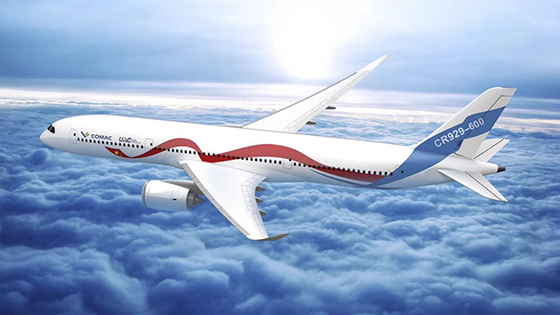 It’s the first analysis, on preliminary information. But there is enough knowledge of the key parameters to use our performance model to draw the first conclusions about the CR929’s positioning in the market.
It’s the first analysis, on preliminary information. But there is enough knowledge of the key parameters to use our performance model to draw the first conclusions about the CR929’s positioning in the market.
Summary:
- The CR929-600 is modeled closely after the 787-9. The technology for structures, systems, engines and aerodynamics are similar.
- With a similar payload capacity, the fuel consumption should be better as the CR929 is defined with a lower maximum range.
- It’s wider cabin eats up the weight and drag advantage, however. There will be little difference between the efficiency of the 787-9 and the 15 years younger CR929.
Posted on February 12, 2018 by Bjorn Fehrm
Chinese and Russian Widebody takes shape. Part 4.
By Bjorn Fehrm
Subscription Required
Introduction
February 1, 2018, © Leeham Co.: In the third article about the Chinese/Russian widebody, CR929, we looked at the challenges the aircraft poses to the involved manufacturers. Now we continue with analyzing the project’s engine needs.
The CR929 is sized to use engines from the Boeing 787 project. Both GE Aviation and Rolls-Royce got Request for Proposals (RFPs) on 22 Dec. 2017. In addition, the Russian and Chinese engine industry wants to develop an engine for the project.
Summary:
- The Chinese and Russian widebody program needs engines in the 75,000lbf thrust class.
- The project’s engine specification is closely modeled after the engines available from the Boeing 787 project.
- In addition to the available 787 engines, the Chinese and Russian engine industry is trying to unite behind a joint engine proposal.
Posted on February 1, 2018 by Bjorn Fehrm
Chinese and Russian Widebody takes shape: Part 2.
By Bjorn Fehrm
Subscription Required
Introduction
January 18, 2018, © Leeham Co.: In the first article about the Chinese/Russian widebody, the CR929, we described the route to a joint program company and the launch of the project.
We now analyze the aircraft, based on available information. With the information, it’s possible to model the aircraft in our performance model and get the first understanding of performance and efficiency.
 Summary:
Summary:
- The CR929-600 is closely modelled after the Boeing 787-9. The overall design and dimensions are similar.
- The major difference to the 787-9 is in cabin width, allowing comfortable nine abreast seating, and the Maximum Take-Off Weight (MTOW).
- The decision to design CR929-600 for a lower MTOW has restricted range to 6,500nm with the nominal cabin capacity of 280 passengers.
Posted on January 18, 2018 by Bjorn Fehrm
Chinese and Russian Widebody Project takes shape
By Bjorn Fehrm
Subscription Required
Introduction
January 15, 2018, © Leeham Co.: The Chinese and Russian Widebody program started in earnest over the last year. After signing a joint venture agreement in 2016, the project now has a joint management company, CRAIC, formed 22nd of May 2017, and standing for China-Russia Commercial Aircraft International Corporation.
The company will have final assembly and management located in Shanghai. The aircraft has also got its final name, CR929-600. It will hold 280 passengers in a three-class cabin with a range of 6,500nm, Figure 1.

Figure 1. The CRAIC CR929-600, the main aircraft in the Chinese-Russian widebody program. Source: CRAIC.
Summary:
- The Chinese and Russian widebody program has taken off after the joint company was established spring 2017.
- The organization of the company is set, with the Chinese taking the rudder by the power of a five times larger market and economy and a 10 times larger population.
- The joint company, CRAIC, issued its first vendor RFP to GE and Rolls-Royce before Christmas for the aircraft’s propulsion system.
Read more
Posted on January 15, 2018 by Bjorn Fehrm
Is the Airbus A321LR a better NMA stopgap than the 767-300?
By Bjorn Fehrm
Subscription Required
Introduction
January 04, 2016, © Leeham Co.: We have discussed if the Boeing 767-300ER could function as a stopgap until an NMA would be available. We then compared it with Boeing’s 787-8 and Airbus’ A330-800 as alternative stopgaps. We didn’t include any single-aisle alternatives at the time, like Airbus’ A321LR or Boeing’s 737 MAX 10.
These aircraft have limitations in passenger capacity and range compared with the 767. The least compromised aircraft in an NMA role is the A321LR, which comes within 1,500nm of the range of the 767-300ER. We, therefore, use it as our single-aisle alternative when we look at further stopgaps until an NMA arrives in 7-10 years.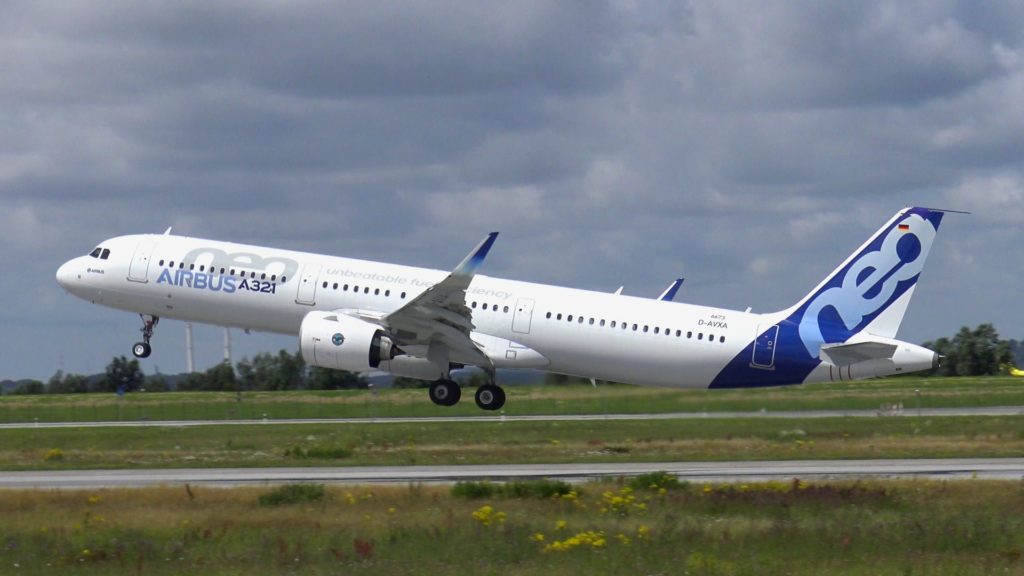
Summary:
- The A321LR has 30% less passenger capacity than the 767-300ER when configured with comparable cabin standards.
- It also has 1,500nm less range than the 767-300ER.
- The operating costs on a trip and seat-mile basis are considerably lower, however.
- If the majority of planned routes are within the capability of the A321LR and other aircraft, with longer range, could complement it on the longest routes, it is a more economical alternative to a new 767, both on a Cash Operating Cost basis and when including capital costs.
- This assumes increased route frequency can compensate the higher capacity of the 767.
Posted on January 4, 2018 by Bjorn Fehrm
Email Subscription
Twitter Updates
My TweetsAssociations
Aviation News-Commercial
Commentaries
Companies-Defense
Resources
YouTube
Archives
- April 2024
- March 2024
- February 2024
- January 2024
- December 2023
- November 2023
- October 2023
- September 2023
- August 2023
- July 2023
- June 2023
- May 2023
- April 2023
- March 2023
- February 2023
- January 2023
- December 2022
- November 2022
- October 2022
- September 2022
- August 2022
- July 2022
- June 2022
- May 2022
- April 2022
- March 2022
- February 2022
- January 2022
- December 2021
- November 2021
- October 2021
- September 2021
- August 2021
- July 2021
- June 2021
- May 2021
- April 2021
- March 2021
- February 2021
- January 2021
- December 2020
- November 2020
- October 2020
- September 2020
- August 2020
- July 2020
- June 2020
- May 2020
- April 2020
- March 2020
- February 2020
- January 2020
- December 2019
- November 2019
- October 2019
- September 2019
- August 2019
- July 2019
- June 2019
- May 2019
- April 2019
- March 2019
- February 2019
- January 2019
- December 2018
- November 2018
- October 2018
- September 2018
- August 2018
- July 2018
- June 2018
- May 2018
- April 2018
- March 2018
- February 2018
- January 2018
- December 2017
- November 2017
- October 2017
- September 2017
- August 2017
- July 2017
- June 2017
- May 2017
- April 2017
- March 2017
- February 2017
- January 2017
- December 2016
- November 2016
- October 2016
- September 2016
- August 2016
- July 2016
- June 2016
- May 2016
- April 2016
- March 2016
- February 2016
- January 2016
- December 2015
- November 2015
- October 2015
- September 2015
- August 2015
- July 2015
- June 2015
- May 2015
- April 2015
- March 2015
- February 2015
- January 2015
- December 2014
- November 2014
- October 2014
- September 2014
- August 2014
- July 2014
- June 2014
- May 2014
- April 2014
- March 2014
- February 2014
- January 2014
- December 2013
- November 2013
- October 2013
- September 2013
- August 2013
- July 2013
- June 2013
- May 2013
- April 2013
- March 2013
- February 2013
- January 2013
- December 2012
- November 2012
- October 2012
- September 2012
- August 2012
- July 2012
- June 2012
- May 2012
- April 2012
- March 2012
- February 2012
- January 2012
- December 2011
- November 2011
- October 2011
- September 2011
- August 2011
- July 2011
- June 2011
- May 2011
- April 2011
- March 2011
- February 2011
- January 2011
- December 2010
- November 2010
- October 2010
- September 2010
- August 2010
- July 2010
- June 2010
- May 2010
- April 2010
- March 2010
- February 2010
- January 2010
- December 2009
- November 2009
- October 2009
- September 2009
- August 2009
- July 2009
- June 2009
- May 2009
- April 2009
- March 2009
- February 2009
- January 2009
- December 2008
- November 2008
- October 2008
- September 2008
- August 2008
- July 2008
- June 2008
- May 2008
- April 2008
- March 2008
- February 2008


